It is exactly one week until Thanksgiving, and, in the spirit of the holiday, I have found myself particularly reflecting on the topics of gratitude and mindfulness. Practicing gratitude and mindfulness (or even mindful gratitude if you’re being fancy) is an important aspect of personal health and well-being, particularly in a world of increasing stress, immediacy, and ever-conflicting priorities. Despite the hustle and bustle of daily schedules, how do we take time to step back from it all, authentically reflect on our lives, and give thanks for what we have, even when we might not feel particularly thankful?
For starters, a shift in perspective is absolutely necessary.
As a whole, mindfulness is the practice of purposely focusing your attention on the present moment and accepting it without judgment. Notably, scientists have discovered that practicing techniques that cultivate mindfulness can help relieve anxiety, treat heart disease, lower blood pressure, reduce chronic pain, improve sleep, and alleviate gastrointestinal complications. In other words, mindfulness is commonly considered a key element in stress reduction and overall happiness.
Because mindfulness and gratitude are inherently related, perhaps it will come as no surprise that regularly practicing gratitude commonly results in a stronger immune system, more restful sleep, higher levels of positive emotions like joy and happiness, and more generous, compassionate, and forgiving social relationships. Ultimately, health improves exponentially when we learn to cultivate gratitude.
Yes, Thanksgiving may have started with the Pilgrims, Native Americans, and the Mayflower, but in years since it has transformed into something much more than exploration and territorial conquest. Indeed, as we know it Thanksgiving has developed into a well-intentioned holiday overflowing with abundance and gratitude for the things—great or small—that we are thankful for. Furthermore, as a holiday, Thanksgiving is one of the rare times each year many extended families are able to gather and engage with one another in a very intentional, purposeful manner. In this way, Thanksgiving becomes much more than a meal of turkey, mashed potatoes, and pumpkin pie: It becomes a celebration of togetherness and true gratitude.
In his New York Times Op-Ed piece, “Choose to Be Grateful. It Will Make You Happier,” writer Arthur C. Brooks recounts the first Thanksgiving with his newly minted Spanish in-laws. Because Spain does not observe “turkey day”, Brooks fielded a barrage of questions regarding the custom and significance behind this traditionally American holiday. His in-laws proposed one philosophical question that particularly caught Brooks’ attention:
“Should you celebrate this holiday even if you don’t feel grateful?”
Brooks reflects on this conundrum and writes:
“I stumbled over this last question. At the time, I believed one should feel grateful in order to give thanks. To do anything else seemed somehow dishonest or fake — a kind of bourgeois, saccharine insincerity that one should reject. It’s best to be emotionally authentic, right? Wrong. Building the best life does not require fealty to feelings in the name of authenticity, but rather rebelling against negative impulses and acting right even when we don’t feel like it. In a nutshell, acting grateful can actually make you grateful.
What an interesting thought. Not feeling grateful? Practice expressing appreciation for the small things in life, and this will ultimately cultivate larger feelings of thankfulness and gratitude.
Brooks continues:
“For many people, gratitude is difficult, because life is difficult. Even beyond deprivation and depression, there are many ordinary circumstances in which gratitude doesn’t come easily…
This Thanksgiving, don’t express gratitude only when you feel it. Give thanks especially when you don’t feel it. Rebel against the emotional ‘authenticity’ that holds you back from your bliss.”
Earlier this week I found myself feeling a bit flabbergasted[1]. After a full day at work under the incessant fluorescent lights, a trip to the doctor filled with needles, needles, and more needles[2], and an unfathomably excruciating hour-long drive to Target during rush hour traffic, I arrived home hungry[3], head pounding, and out of sorts. Feeling too ravenous to hop on the bike or treadmill and lose myself in my normal workout routine, I opted to eat a quick snack, dim the lights, burn a candle, and practice a bit of yoga.
This was the best decision I had made for myself all night.
If you’ve ever practiced yoga, then you know there is a particular magic that happens when you allow your mind and body to slow down and connect. Even an act as simple as rolling out your yoga mat can be therapeutic and restorative in nature, as it symbolizes your intentionality of dedicating a sacred space where you can mindfully check in with your body and turn your thoughts inward. Even an act as simple as taking off your socks and sitting cross-legged on the mat affords you the much-needed benefit of a perspective shift. Ever so slight, even this modification is powerful, as it allows you to reflect, slow down, and recognize things you might not otherwise notice. If you’re anything like me, then you pay particular attention to your bare feet and toes[4] and begin to make connections between the present moment and what happened earlier that day[5]. Moving through the ebbs and flows of the yoga practice, there is something inherently curative about down dog and warrior one that force us to tune out the white noise that so often dominates our lives and check into the mindful clarity of the present moment.
One of the many things I love and appreciate about Peloton[6] is that its instructors intentionally cultivate this mindfulness and reflective appreciation as part of their vigorous workouts. With Peloton, what you do on the bike directly correlates with what you do off the bike[7], and its instructors purposefully strive to harness this immensely powerful potential to cultivate positive change.
For example, take this powerful reminder: “It’s a privilege to sweat.”
Do I always feel it is a “privilege” to sweat? I can ensure you that when I’m climbing an insurmountably steep hill and cursing Ally Love’s name I certainly don’t feel “privileged.” However, I do adore this simple reminder, because the opportunity to sweat—to workout vigorously, to feel my lungs expand and retract with air, to experience my heart fiercely pulsating with life—is indeed a privilege. In fact, it is truly a gift. By reframing our mental framework with these simple reminders, we can learn to recognize and express gratitude even when we don’t necessarily feel it.
Notably, Ally Love’s “Boss October” recently concluded thirty-one days of full-on-hustle style workouts, and perhaps her month-long mantra particularly epitomizes the importance of curating an attitude of gratitude. In October—the last month before the holiday season seriously kicks off—when time is at a premium and we are constantly wiring our framework to focus on others, Love encourages her Peloton riders with one simple objective.
“Fill yourself up so you can give yourself away.”
What a powerful sentiment: In order to best help others, we must first learn to develop the mindful fortitude to care for ourselves. If we do not care for ourselves, then we will eventually have nothing left to share with the people who mean the most.
In this vein, “pink” is the color most often associated with feelings of gratitude. Even more specifically, pink carnations particularly symbolize deep appreciation and thankfulness. Therefore, I can think of no color better than “carnation pink” to capture this essence of appreciation and celebrate everything living with an attitude of gratitude has to offer.
In the spirit of cultivating my own attitude of gratitude, it is worth noting this is my 60th blog post: I’ve officially made it halfway through my 120 Crayola crayon box, and I am deeply grateful for the lessons of persistence, mindfulness, and creativity I have fostered throughout the journey thus far.
Let’s conclude by practicing this attitude of gratitude with a toast.
To 60 more crayons and endless opportunities to think outside the box and live a colorful life.
Cheers!
And happy THANKS GIVING!
[1] On an unrelated note, this is a great word, and we need to use it more frequently in everyday conversation. Let’s commit to making this happen.
[2] Yay for blood work and vaccinations!
[3] Read: Hangry.
[4] Weird? Yes. But relevant. Keep reading.
[5] For me, this typically goes something like this: “Woah! Are these my feet? I forgot I had toes! Wiggle wiggle. I can’t believe these little guys supported me thorough my hectic day: Crazy. Plus, they are just so stinking cute!” (Hey, I told you it was going to be weird…)
[6] Did you know I love Peloton? Okay, maybe I’m starting to sound like a broken record, but, really, you need to check it out. That’s some powerful shit right there.
[7] Or mat, or treadmill for that matter.
*In the spirit of slowing down and “stopping to smell the roses,” I thought I’d curate a series of 2019 flower photos I have particularly enjoyed. Strive to seek beauty in the everyday. I promise you will stand tobesurprised.com by what you find.
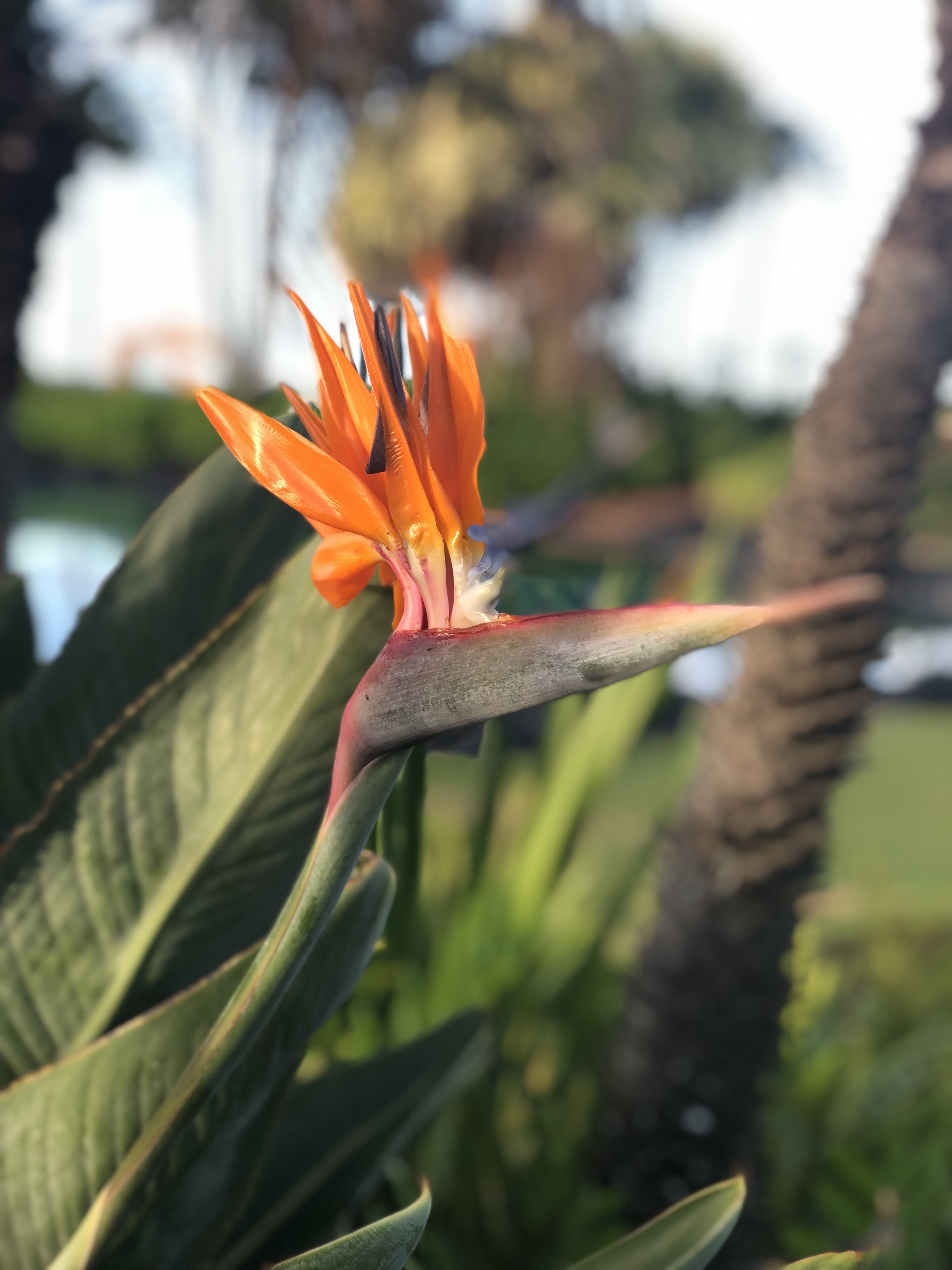
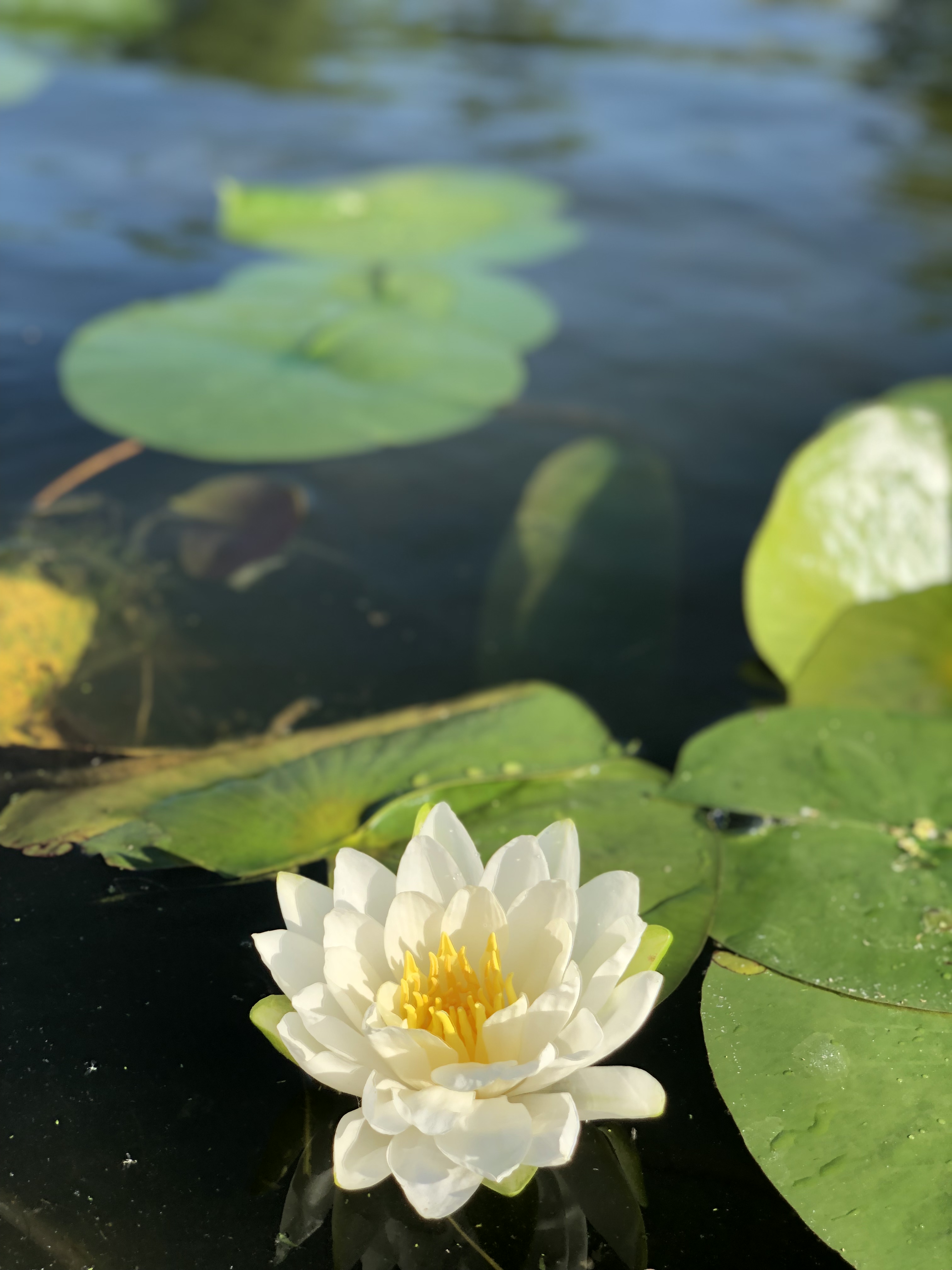
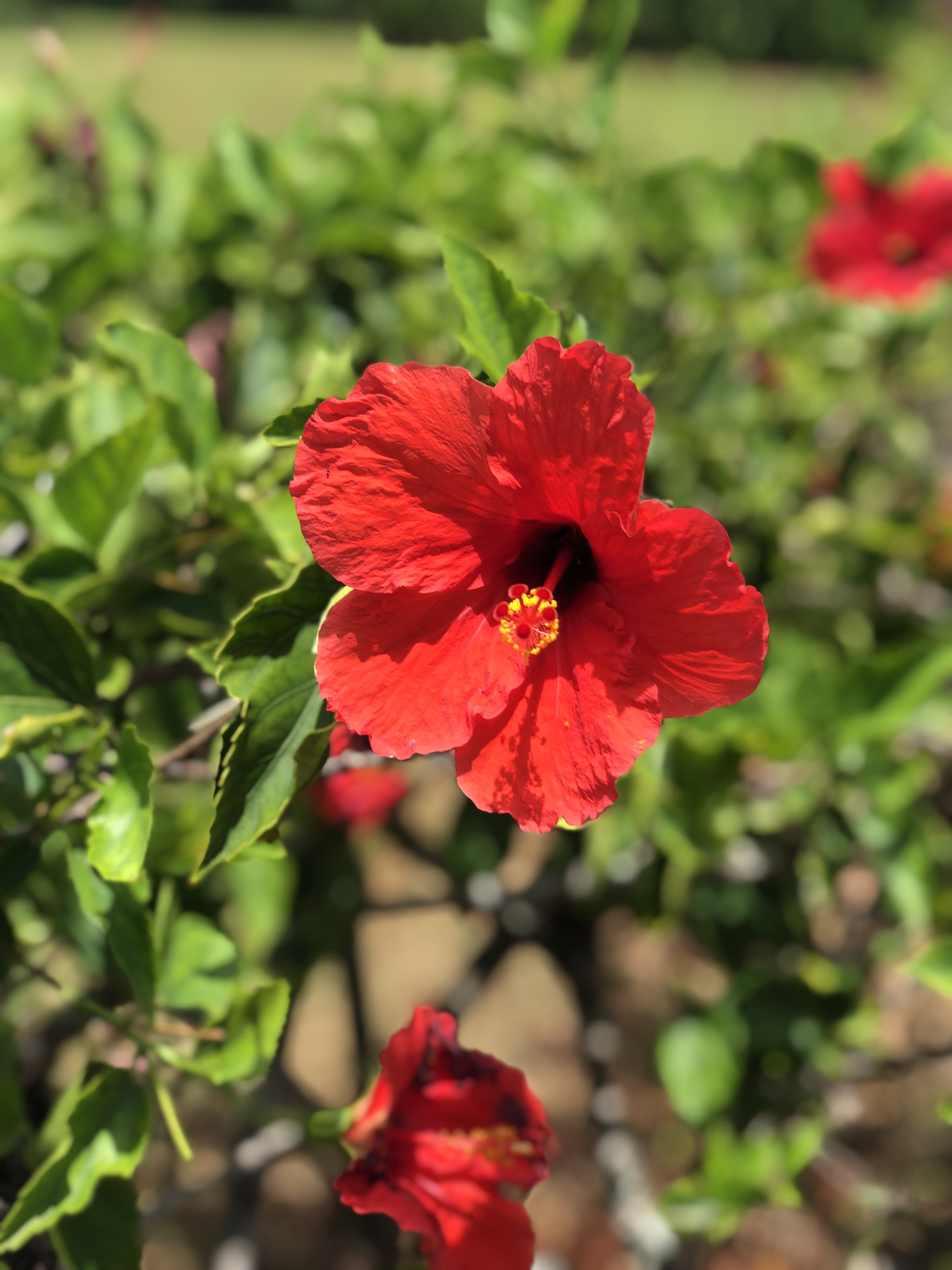
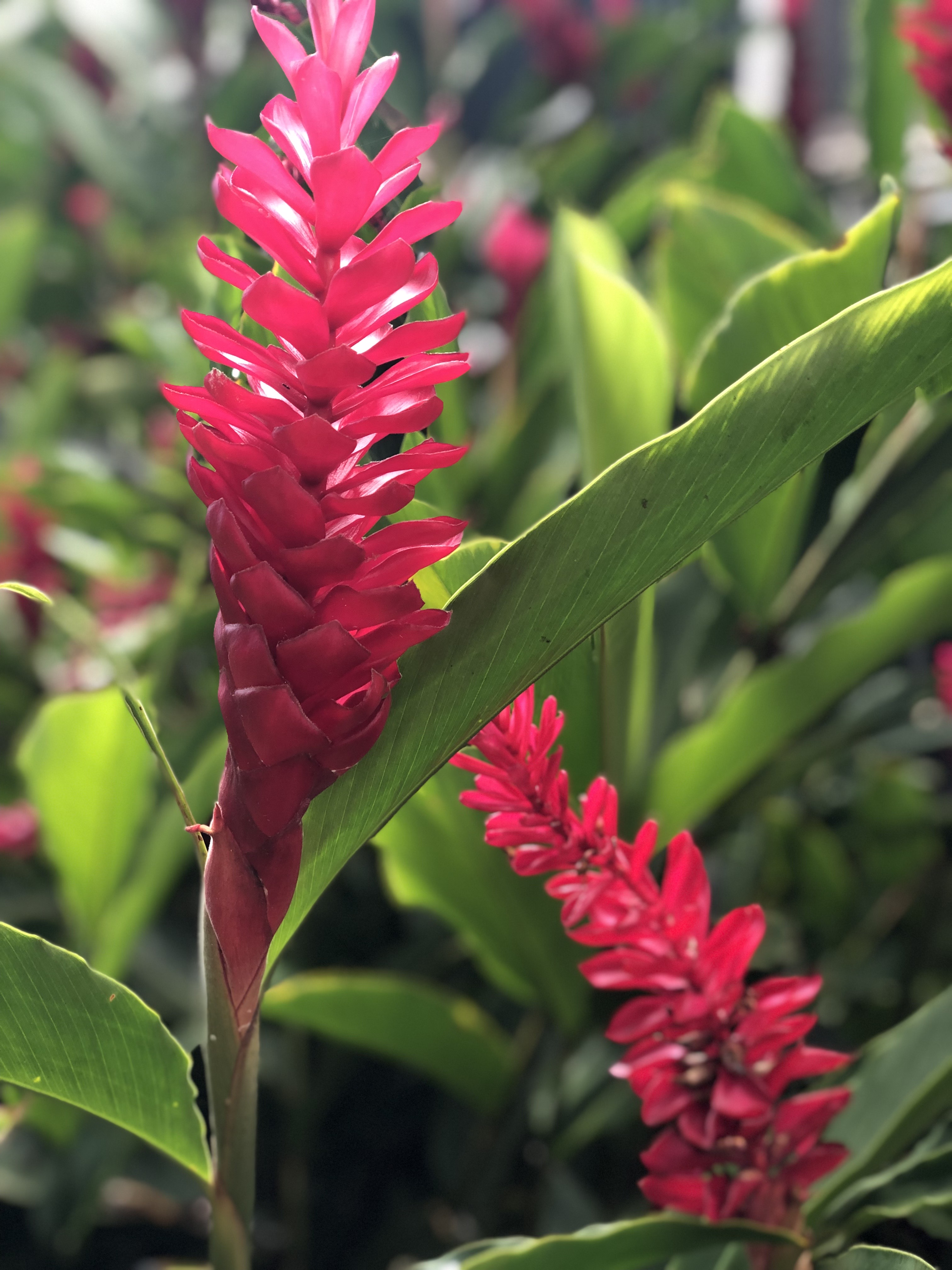
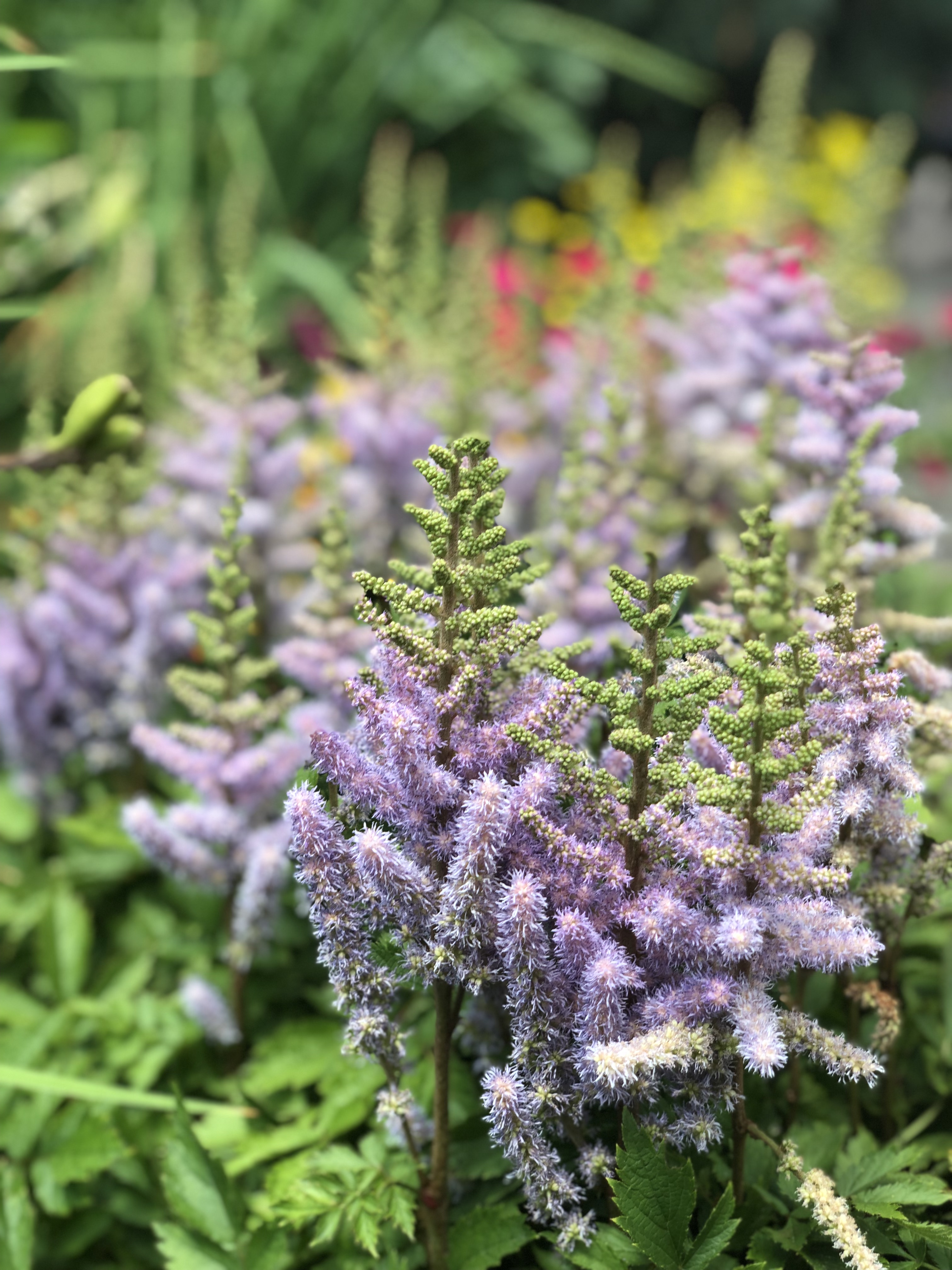
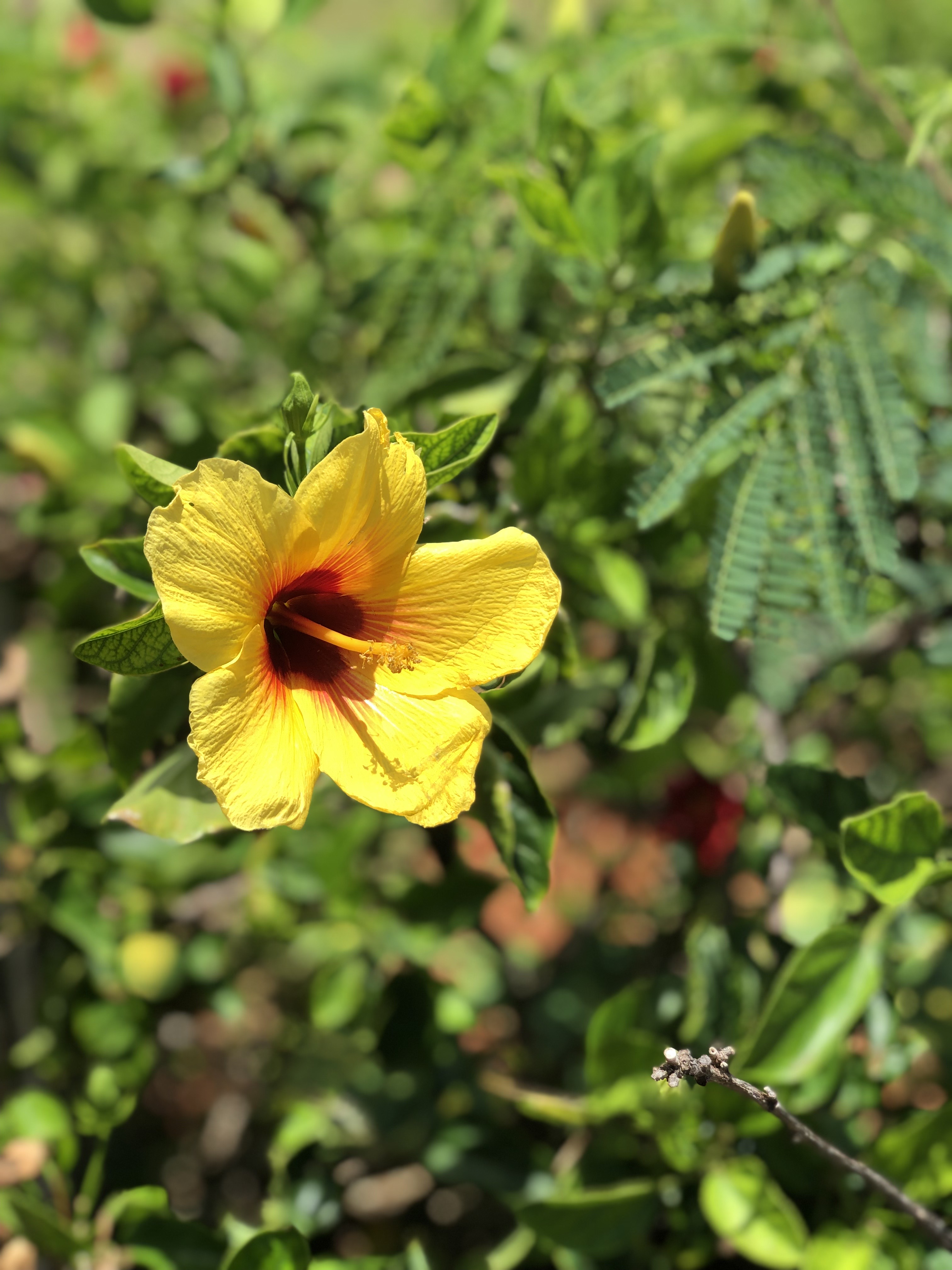
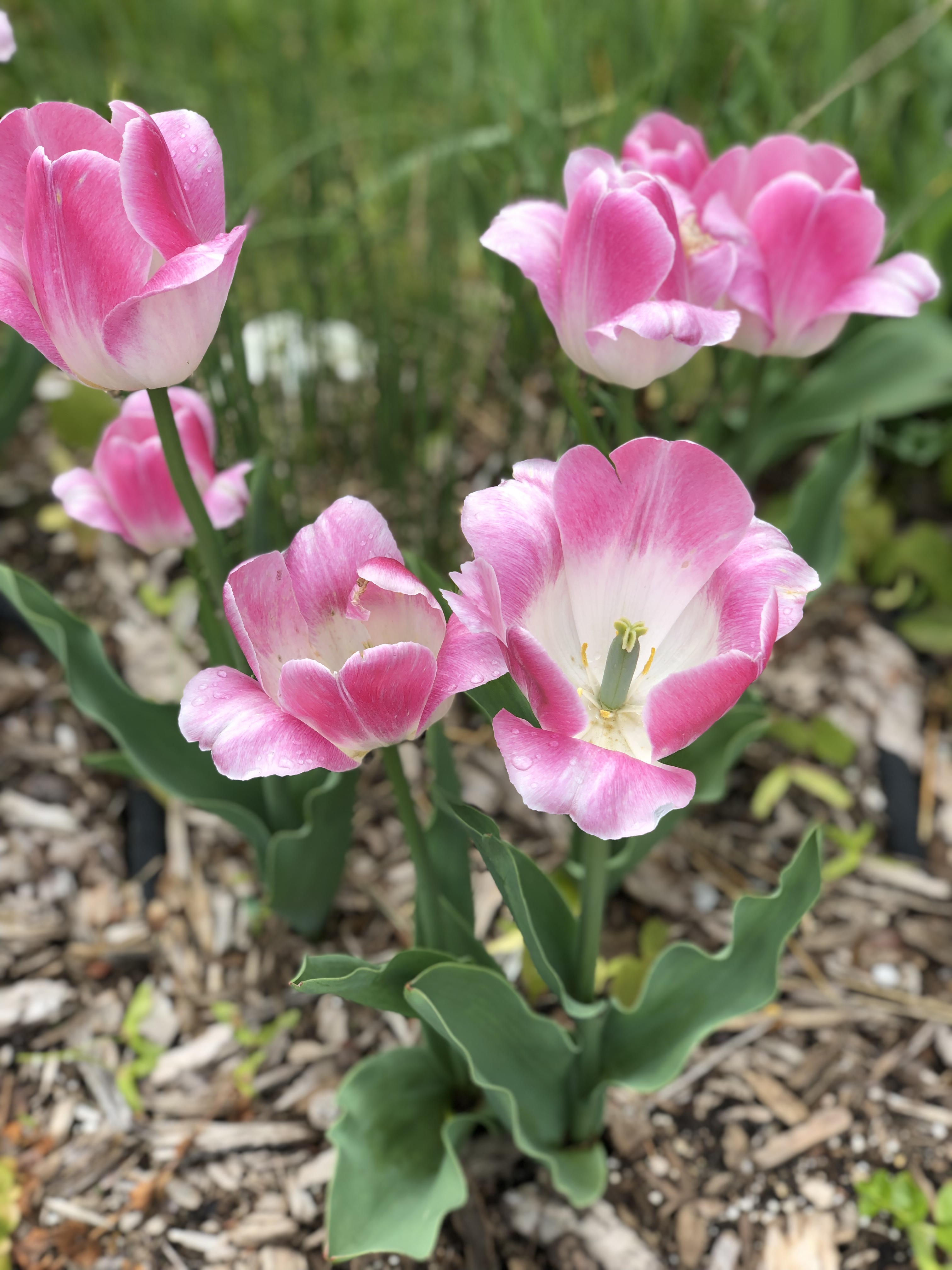
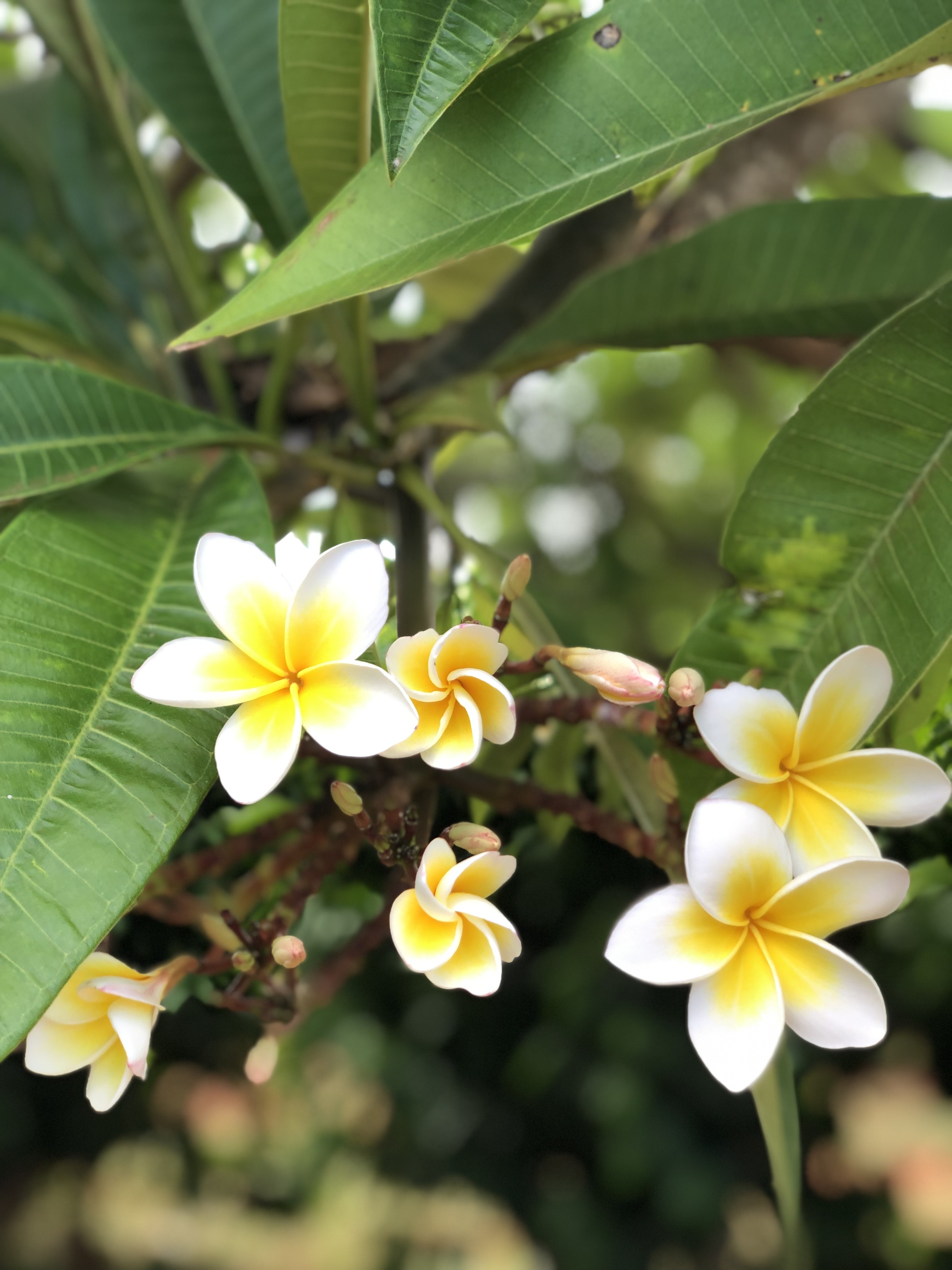
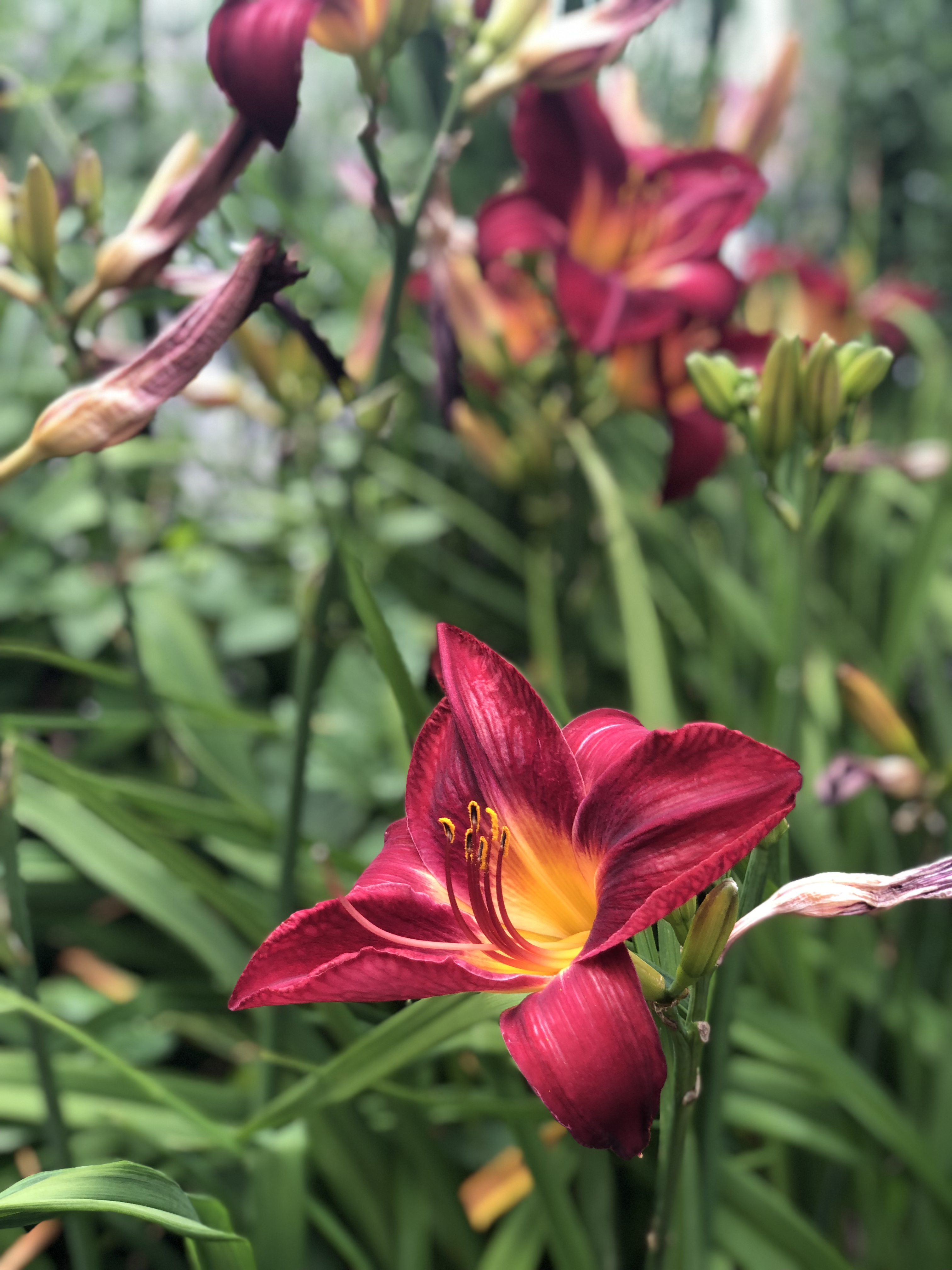



Comments are closed.